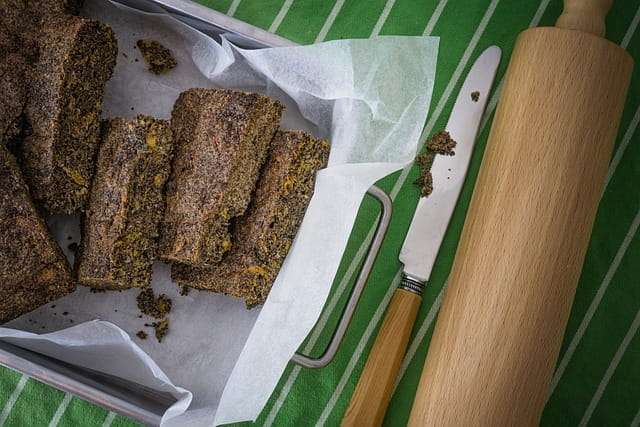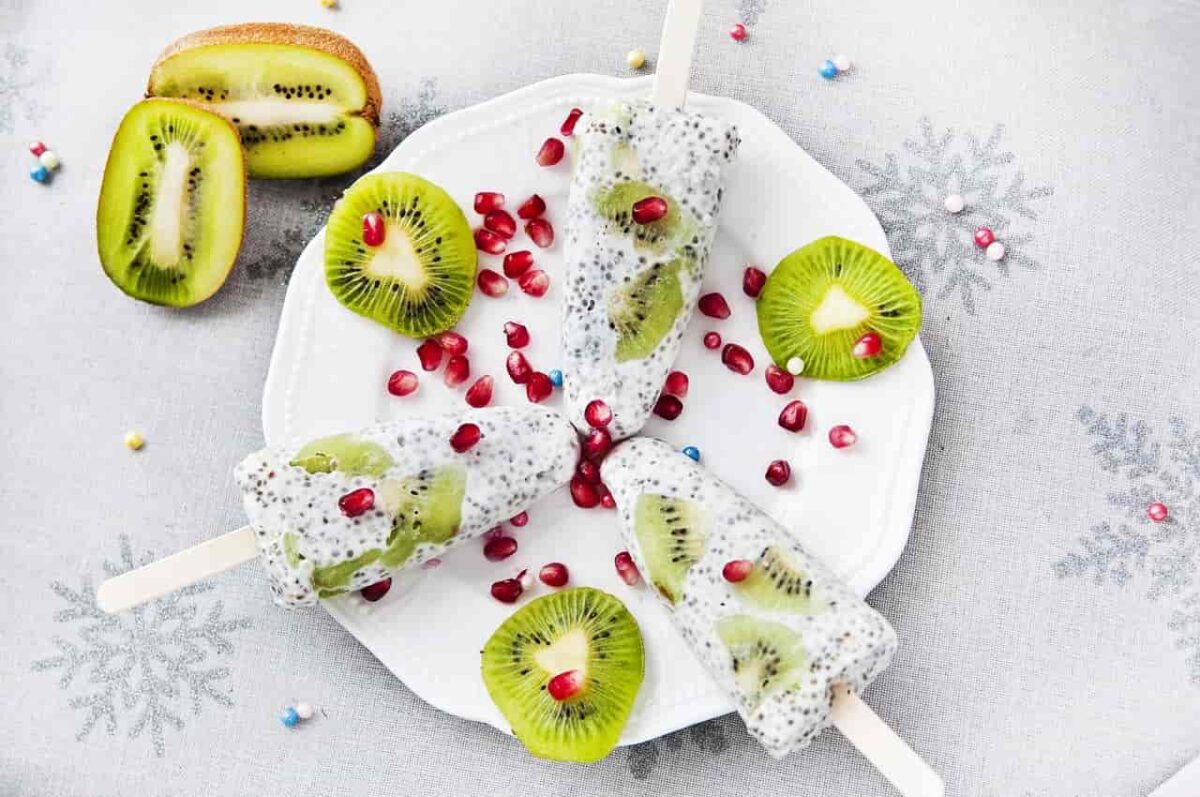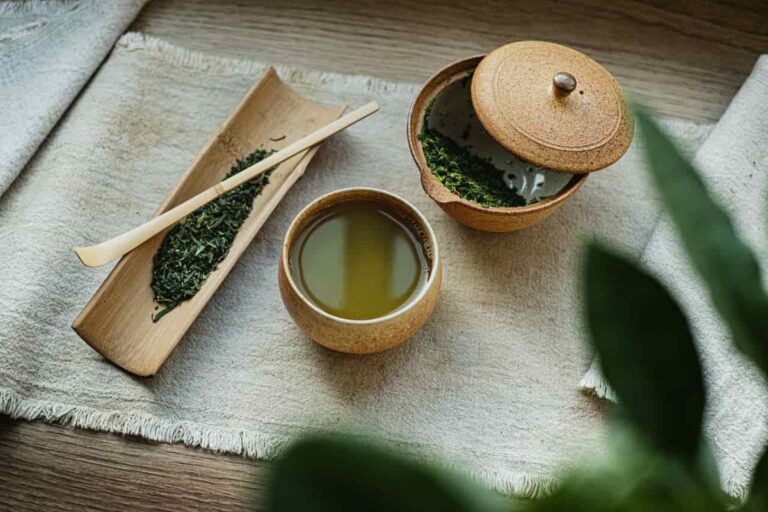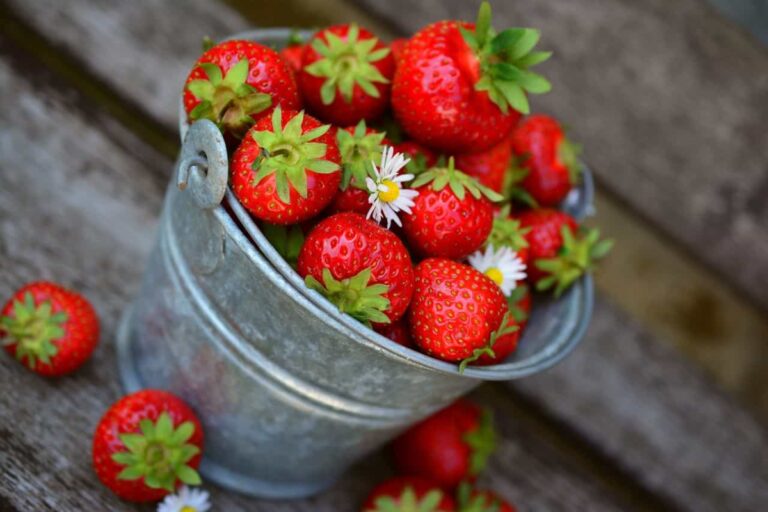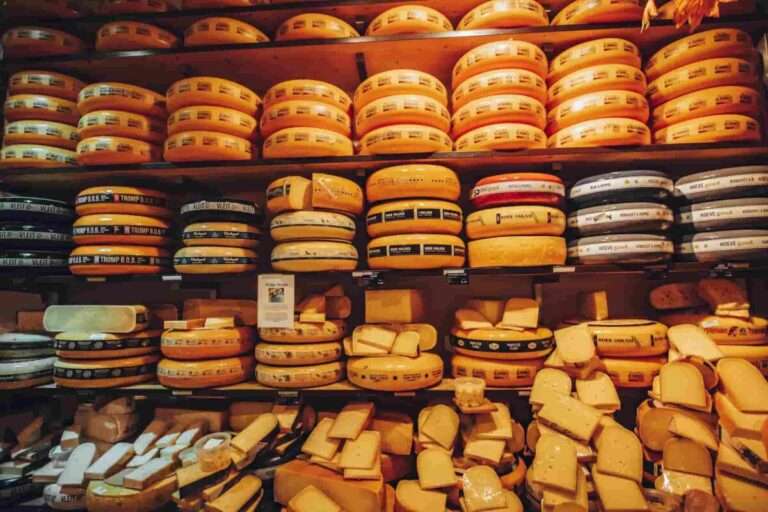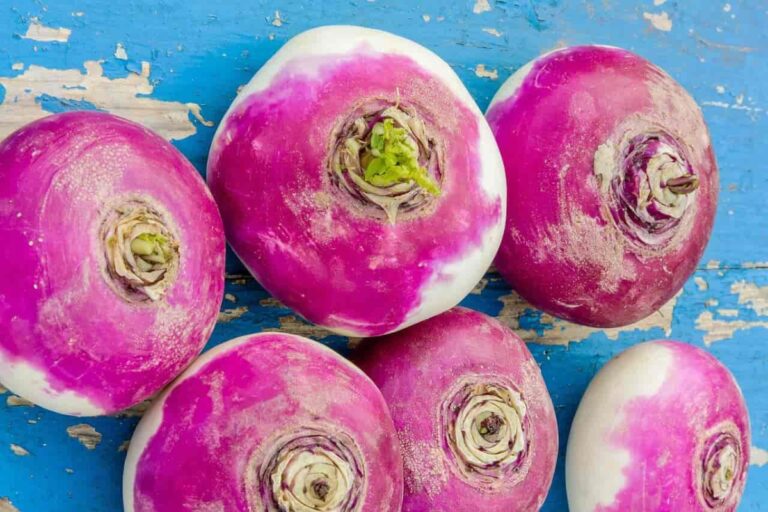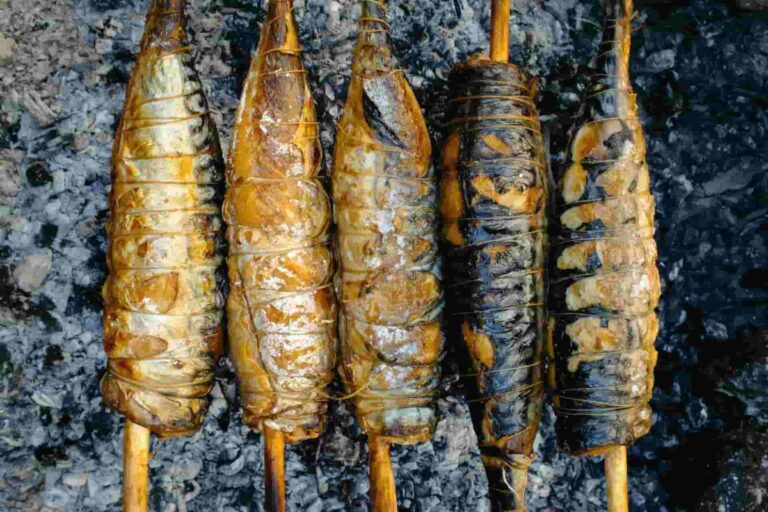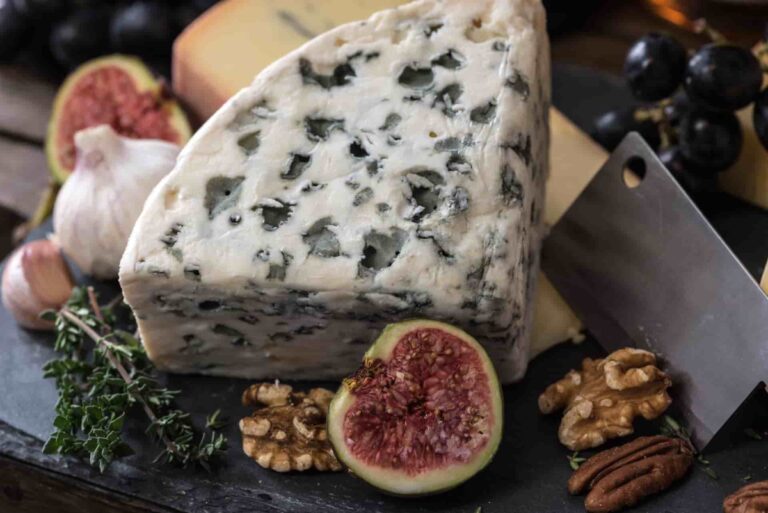36 top chia seeds kitchen insights
Did you know that ancient cultures utilised chia seeds, which are today considered a superfood, as a source of endurance food?
- Chia was employed as a source of nourishment by several ancient peoples, including the Mayans, Aztecs, and others, during conflicts, as well as on extended journeys of running and hunting. The Tarahumara Indians are an example of an ancient people who have managed to maintain their culture to this day. They are well-known for their ability to run for extended periods of time.
- Chia seeds were considered to be of such great value by the Aztecs that they were often employed as a kind of currency. Chia seeds were the kind of payment accepted by Aztec monarchs from conquered countries. According to one historical text, the Aztec Empire received more than 4,000 tonnes of chia seeds on an annual basis as tribute.
- The blooming plant Salvia hispanica, which belongs to the mint family and produces the plant’s seeds, is known as chia. Insects have a natural aversion to mint and, for the most part, avoid the plant. This is excellent news for chia since it means the plant does not need the use of any pesticides during cultivation.
- When in full bloom, the fields where Salvia hispanica, the plant from which chia is derived, are quite stunning. At other times, all that is visible are vast purple fields that stretch as far as the eye can see. Chia seeds can only be produced if the plant first blossoms, and the flowers of the chia plant have a stunning purple and white coloration.
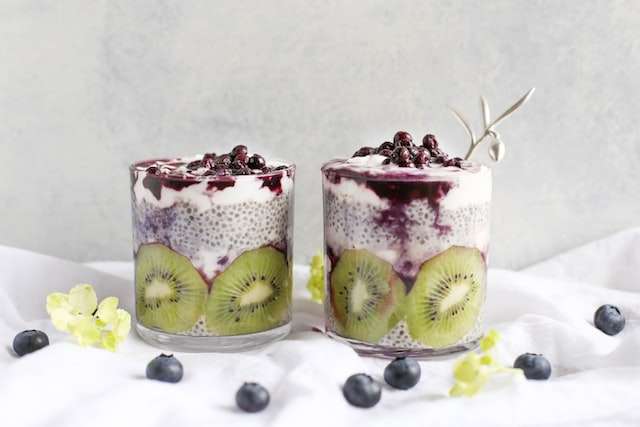
Chia seeds nutrition values and health benefits
- Chia seeds supply important micronutrients, notably minerals. You will get about 179 mg of calcium, which is equivalent to around 13% of the daily requirement, and approximately 2.2 g of iron, which is equivalent to approximately 12% of the daily value. Chia seeds are high in magnesium and also provide a considerable amount of zinc in their nutritional profile.
- There are 4.7 g of protein in every ounce of chia seeds. Chia seeds, unlike the majority of plant-based foods, contain all nine essential amino acids, which makes them a suitable option for those looking for a source of complete protein that comes from plants.
- Chia seeds include antioxidants that may aid in the body’s natural defences against free radicals. Oxidative stress and cell damage are both brought on by free radicals. Consuming foods that are high in antioxidants has been shown to help lower the chance of acquiring a variety of health conditions that are linked to free radicals. Some of these conditions include cardiovascular disease, cognitive decline, and some forms of cancer.
- The antioxidant quercetin, which may be found in chia seeds, has been shown to lower the chance of developing a number of different health disorders, including heart disease. The seeds have a significant amount of fibre, which helps to control high blood pressure and, as a result, reduces the chance of developing heart disease in those who have it.
- Inflammation that persists over time might put the body at risk for illnesses such as cancer and heart disease. Chia seeds include an antioxidant known as caffeic acid, which has been shown to reduce inflammation throughout the body. Consuming chia seeds on a daily basis may also assist in lowering inflammatory indicators, the presence of which is often a precursor to the development of an inflammatory illness.
- Chia seeds provide 39% of the daily value for fibre in an one ounce serving, which is the recommended amount. When you consume the seeds, the soluble fibre in them draws water to itself, causing the seeds to swell up and give you a greater sense of fullness than you would have otherwise experienced. Chia seeds may assist you in achieving and maintaining a healthy weight by making you feel fuller on a smaller amount of food.
- The fibre content of chia seeds is quite high. Studies have shown that fibre may assist to improve blood sugar levels and decrease insulin resistance, hence lowering the chance of developing metabolic syndrome and type 2 diabetes in individuals. It has also been shown via research that bread made with chia seeds causes less of a reaction to the sugar in the bloodstream compared to ordinary bread, which assists in the prevention of high blood sugar levels.
- Magnesium and phosphorus are two of the many elements that may be found in chia seeds that are important for maintaining bone health. Calcium is an essential mineral that must be consumed on a regular basis for strong bones, muscles, and nerves; only one ounce of these seeds provides 18% of the daily calcium need. Chia seeds have a higher calcium content per gramme than dairy products do. This is a direct comparison.
- Chia seed allergies are not very common, but a few cases of sensitivity to plants from the same family have been reported. These cases include anaphylaxis brought on by the menthol in toothpaste, food allergy symptoms brought on by the ingestion of oregano and thyme, and contact dermatitis brought on by similar plant extracts found in cosmetics.
- Keep in mind, especially if you are using medication to treat high blood pressure, that chia seeds may also help reduce blood pressure. These cumulative effects have the potential to induce a dangerously low blood pressure, particularly when combined with a fast rise in the consumption of chia seeds.
100g of chia seeds has 486 calories(2033kj), 17g protein, 31g fat, and 42g carbs including 34g fibre.
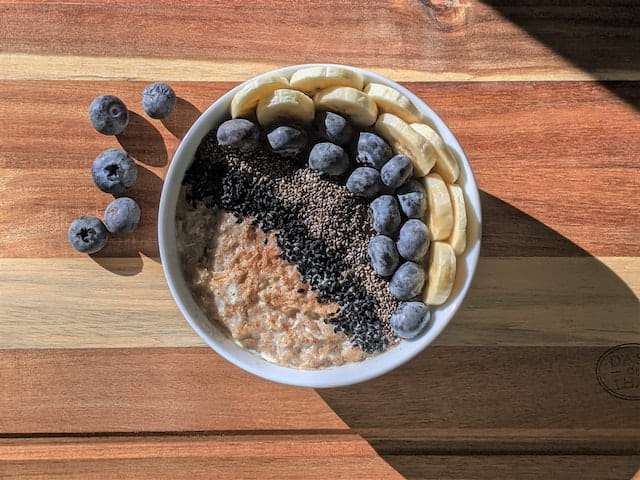
How to store chia seeds and how to buy them
- Chia seeds do not need refrigeration and have a shelf life of four to five years due to the high level of antioxidants they contain. All that is required of you is to put them in an area that is free from moisture and heat, away from direct sunshine and other sources of heat.
- Even if the bag is opened, there will not be much of a difference in the seeds’ shelf life; they may still be kept at room temperature for months or even years as long as adequate storage conditions are maintained.
- Chia seeds normally come with a “best if used by” date printed on the container, which is typically some number of years after the date the seeds were packaged. It is somewhat useful in calculating how long the quality of your chia seeds will be preserved, but it is not at all likely that the seeds would become unusable a week or even a month after the date on which they were purchased.
- Keep the chia seeds in a dark, cold, and dry location out of direct sunlight and other sources of heat. After you have removed the seeds from their packaging, double check that they are completely airtight before storing them. Transfer the seeds to a new bag or an airtight container if the original bag does not have a resealable closure.
- Even while it is possible to store the seeds in the refrigerator to make them last even longer, most people believe that leaving them in the original packaging and storing them at room temperature is sufficient. If you do want to store chia seeds in the refrigerator, it is imperative that you make sure the container is completely airtight. In this manner, they are protected from absorbing any moisture or odour from the other meals.
- Since chia seeds have a shelf life of more than a couple of years, freezing them is an option; however, it is seldom required to do so. Chia seeds may be stored for more than a couple of years. You may also choose to store them in a kitchen cabinet in an airtight container instead. If you want to freeze chia seeds, you should put them in a container that is airtight or a freezer bag that has a good seal on it and set them in the freezer. When you are ready to use them, just remove the required quantity from the bag or container and return the remaining portion back in the freezer; there is no need to thaw them first.
- You should listen to your gut sense and throw the seeds if there is anything about the seeds that makes you feel uneasy.
- The seeds have an unpleasant odour. As a result of the antioxidants that they contain, chia seeds have a high resistance to becoming rancid. However, if they are kept in storage for an excessive amount of time or are subjected for an extended length of time to high temperatures, a significant amount of fresh air, or direct sunshine, they may become rancid.
- The sack is crawling with vermin. It is probable that you keep chia seeds in the pantry, which is unfortunate since it is also where pantry pests prefer to congregate. Consider the seeds to be ruined if you discover any unwanted critters, eggs, or other similar items within the package. In addition to that, go through the remaining goods in the cupboard and eliminate those bugs completely.
- Mould or moist clumps have come to your attention. If the bag of chia seeds gets wet on the inside, mould may start to form in it. In the event that this occurs, the seeds are no longer suitable for human consumption. If you take the time to properly store your chia seeds, however, the likelihood of that happening is quite low.
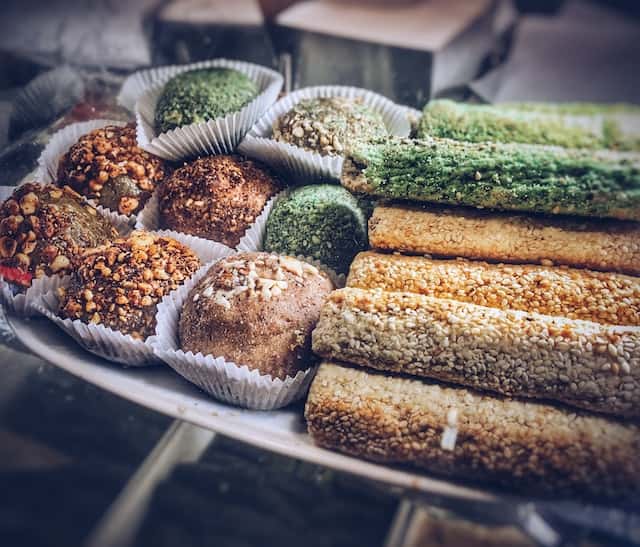
Cooking techniques, secrets, and tips from the kitchen
- It is not required that you soak your chia seeds before consuming them; but, doing so may assist avoid blockages in your oesophagus or intestines if you do so. There are a few instances in which you might utilise chia seeds that have not been soaked, but there are other folks who argue that you do need to soak your chia seeds. If you are just going to use a few seeds, you probably will not need to soak them unless there is a specific medical reason for you to avoid eating unsoaked seeds.
- Simply dissolving around a tablespoon’s worth of chia seeds in a cup’s worth of water is all that is required to produce chia seed water. After then, give it a rest for a quarter of an hour before you consume it. If you want to give it a little more taste, you may add some honey, lemon, or lime juice to it. Chia seed water is a terrific and pleasant method to get the nutritional advantages of this cuisine, even if you are not searching for an appetite suppressant. Chia seed water is made by soaking chia seeds in water.
- Chia seeds are widely considered to be among the very finest egg replacements currently available. We advocate using them in baked products, particularly those that are of a deeper hue, such as brownies or pumpkin bread. You may also use them in savoury dishes. To produce an egg from chia seeds, all you need to do is mix together one tablespoon of ground chia with two and a half teaspoons of water for each egg that your recipe calls for. Combine the water and the seeds in a bowl. At the very least, give them five minutes to relax. When it has a gelatinous and eggy appearance, the mixture is ready to be added to the batter.
- The nutritional value of your smoothie may be significantly increased by include chia seeds or another source of healthy fat.
- Certain vitamins can only be absorbed properly when combined with fat. And good fats may help slow down the surge in blood sugar that might occur after consuming a fruit smoothie, and they can also help you feel fuller for a longer period of time. If you want to use chia seeds in a delicious fruit smoothie, you must first soak them so that they can act as a binder in the smoothie. If your seeds are already pliable when you add them to your smoothie, they will readily incorporate and contribute to the creaminess of your drink in the same way that nut butter or avocado would.
- A breakfast or dessert of chia seed pudding is a simple approach to increase one’s intake of important vitamins and minerals. It is not necessary to prepare it in any way, and some of the dishes are even appropriate for a raw food diet. Chia seeds may be used in a variety of ways, and this use is quite adaptable and simple to modify. Although chia seed pudding does not need to be cooked, it does take some time to set up in the refrigerator; thus, it is not an option for a quick dessert if you are in a hurry to prepare anything.
- Oats that have been left to soak overnight, much like chia pudding, are a wonderful method to ensure that breakfast is already prepared for you when you wake up in the morning. Although you are free to use whatever sort of milk you desire, whether it comes from an animal or a plant, it is recommended that you make use of rolled oats rather than instant. Because overnight oats are prepared by placing the oats, milk, chia seeds, and any other mix-ins required in the refrigerator the night before they are eaten, this explains why. If you use instant oatmeal, the final result will be a gloppy and unappetizing mess.
- When making a crust for your protein, you may successfully substitute chia seeds for breadcrumbs with amazing results. Before applying them as a crust to your fish, pork, or plant-based protein, you may wish to crush them into a powder first. Keep in mind that nuts and seeds have a high propensity to burn easily, and keep this in mind while you are cooking. You could even use chia seeds to make a one-of-a-kind topping for your supper by combining them with a variety of other seeds and nuts.
- You should never be without crackers in your cabinet since they are such a versatile meal. Crackers prepared with chia seeds are quite popular with those who avoid gluten, those who follow the ketogenic diet, and vegans. Although you may certainly purchase them, it should not be too difficult to construct your own. Mixing chia, flax, spices, and liquids together might be all that is required to make chia seed crackers. After allowing the mixture to set, spread it out in a single layer on a baking sheet and cook it until it is completely dry. After they have been removed from the oven, you will chop them.
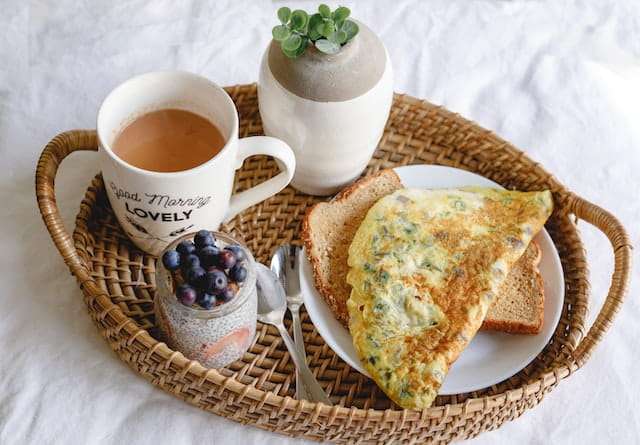
History of chia seeds from the beginning until today
- The Aztecs had the distinction of having the first record of Chia, which dates back to 3500 B.C. In point of fact, the Aztec diet included it as one of the primary sources of nutrition. Chia remained to be fairly common for a considerable length of time. Later, between the years 1500 and 900 BC, the inhabitants of Teotihuacan and Toltec cultivated it in what is now Mexico. These folks had some unusual use for the chia seed in their culture.
- Evidence that it was farmed by the Aztec in the pre-Columbian era may be found in the Codex Mendoza, which was written in the 16th century. Economic historians believe that it may have been just as significant as maize as a food crop. In 21 of the Aztec empire’s 38 province governments, the common people paid an annual homage to the governing elite with this gift.
- The Nahuatl (Aztec) societies relied heavily on chia seeds as a primary source of nutrition. According to the Jesuit chroniclers, chia was the third-most significant crop in the Aztec society, placing it below only maize and beans but above amaranth. Chia seeds were often used as currency for making sacrifices to Aztec priests.
- In Argentina, Bolivia, Guatemala, Mexico, and Paraguay, ground or whole chia seeds are utilised in the preparation of food and beverages that are high in nutritional value.
- Chia is grown commercially in Argentina, Bolivia, Ecuador, Guatemala, and Mexico in addition to its native birthplace in the central regions of Mexico and Guatemala, where it is farmed on a lesser scale.
